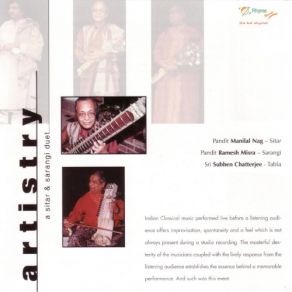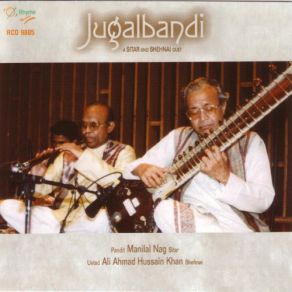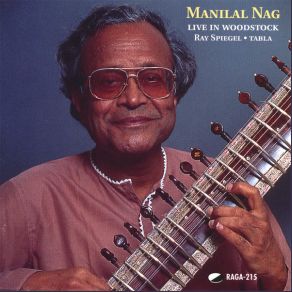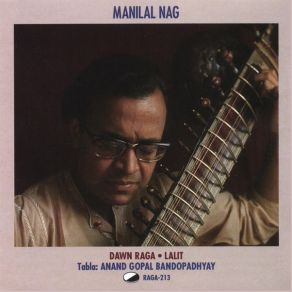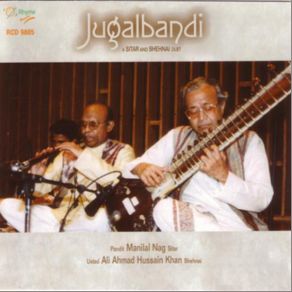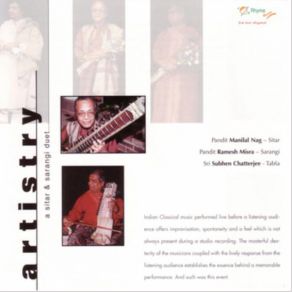Manilal Nag
Wikimp3 information about the music of Manilal Nag. On our website we have 5 albums of artist Manilal Nag. You can find useful information and download songs of this artist. We also know that Manilal Nag represents World Music genres.
Biography
[Edit]This sitar master is perhaps the major living exponent of the Vishnupur gharana, a school of classical Indian music coming from the ancient dhrupad style of the aalap, the base of the North Indian raga. Among many other things, this is the concept that many listeners would recognize as the raga, with its slow tempo that gradually builds up to a sometimes hysterical speed. Manilal Nag was the son of sitar master Sangeetacharya Gokul Nag and like many other classical Indian musicians was a descendent from a long line of other distinguished instrumentalists, many of them sitarists. He studied vocal and instrumental music with his father beginning at the age of six, working an average of six to eight hours a day, definitely pushing the rules for practice established by one Pinky Das Gupta: "Never practice in one day more hours than the number of years in your age."
A major focal point of his study was that the instrumentalists in classical Indian music should concentrate on learning vocal music and following what the voice is doing, before anything else. This concept of the relation between instruments and the voice in music has been similarly expressed in other genres of music, such as jazz, where tenor saxophonist Lester Young often expressed the exact same philosophy as put forth by Nag: "I have to follow the vocal music on sitar. The vocal is the vital point of any instrumental music in India." By 1953, Nag had been selected to stage his debut concert at the All-lndia Music Conference, accompanied by master tabla player Pandit Santa Prasad. The following year, the young Nag (no insult intended, this is the rare example of it being good to be a Nag) performed as a hand-picked artist of the All lndia Radio. Nag won much acclaim performing at music festivals throughout India and abroad under the auspices of that radio's international touring department. In 1973, Nag came to the U.S. for the first time to perform, as well as in England and several other European countries. He also performed in Bangladesh and Nepal. In 1985, Nag was invited to perform throughout Japan and in 1994 he made his New York debut as part of a program at the New School with Samir Chatterjee on tabla. Music seeped down into the bones of his own children, as he has both a 16-year-old son, Subhasis Nag, and a 23-year-old daughter, Mita Nag, who perform, the latter selected as sitarist for the All-India Music Conference. The elder Nag, however, seems to be discouraging them from becoming professional musicians, nagging them about the economic and social conditions in India. He also likes to nag in interviews about the lack of discipline among the young musicians in India, who he says now study only six years before beginning public performances. He holds a seat on the Indian government's University Grand Commission, and in this capacity, as well as in his role as a board member for All lndia Radio and television networks, he helps select artists for its programs, so these young upstarts better start practicing up to the limit previously set by Das Gupta, if not up to Nag's standards.
Title: Jugalbandi: A Sitar & Shehnai Duet
Artist: Manilal Nag, Ali Ahmad Hussain Khan
Genre: World Music, Pop
Featuring albums
Title: Introduction To Indian Classical Music, Vol. 1: Best of the Sitar
Artist: Various Artists
Genre: World Music
